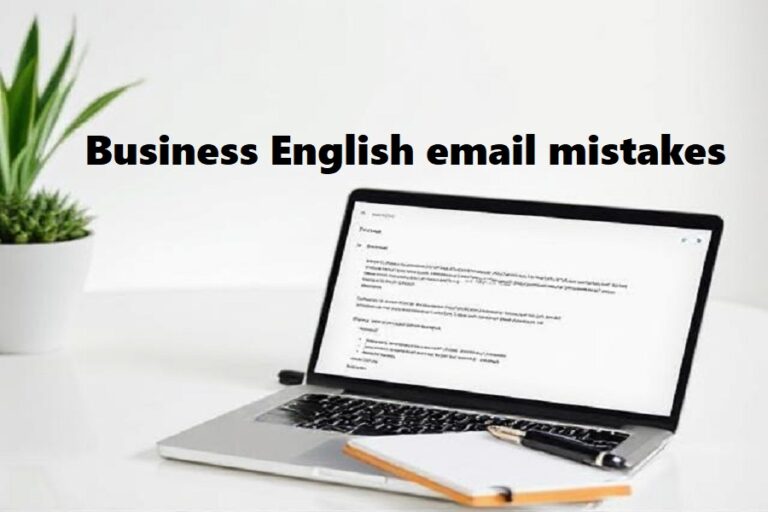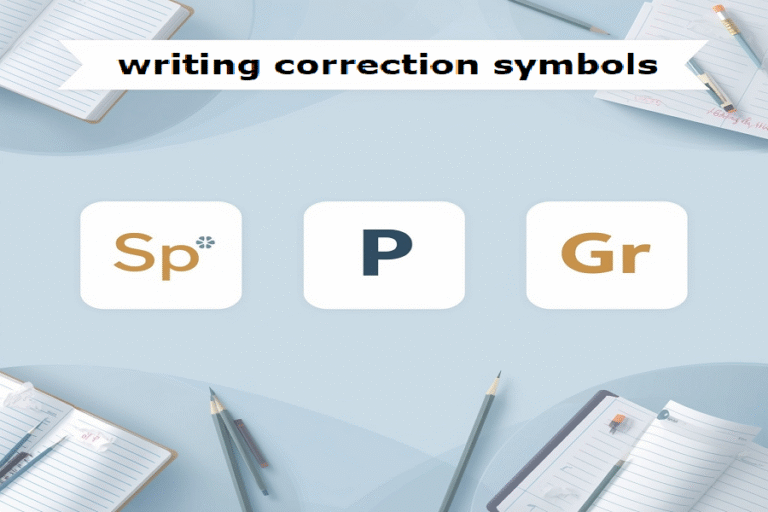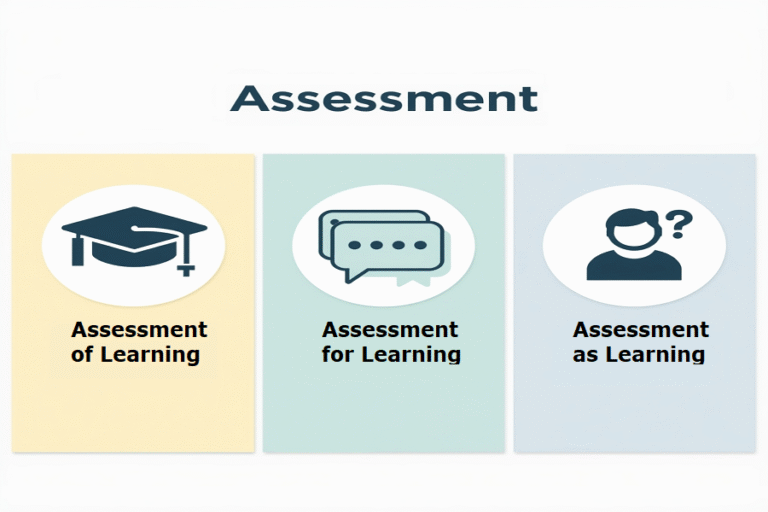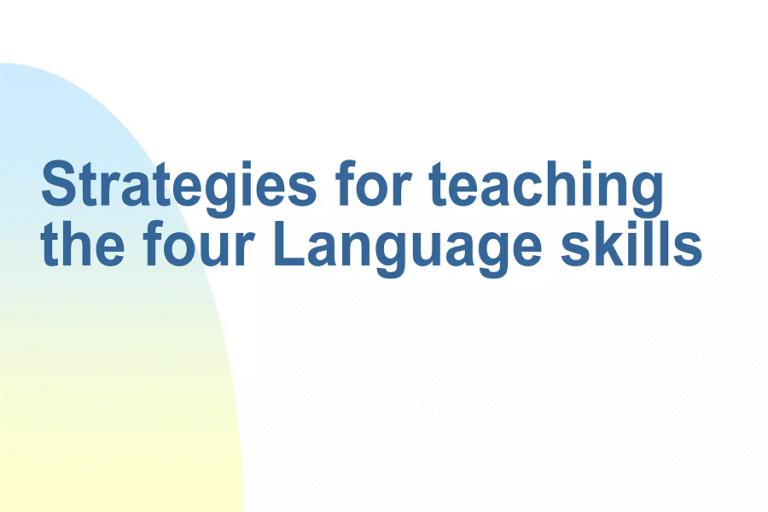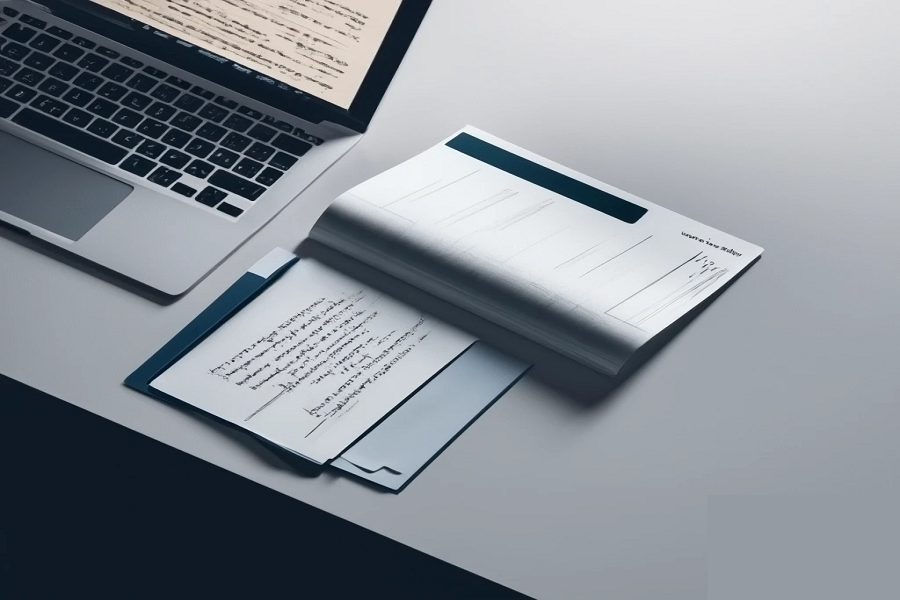
In today’s global business environment, strong communication—especially in English—is essential. Whether you’re leading or attending a meeting, writing emails, or preparing for interviews, using the essential phrases for meetings, emails, & interviews can make the impression you want and reduce misunderstandings.
In this article, we offer essential phrases you can use in meetings, emails, and interviews. We break down each context, give sample phrases, and explain when and how to use them—so you don’t just memorize, but understand the logic behind them.
Table of Contents
1. Why Learn Essential Phrases for Meetings, Emails, & Interviews
2. Essential Phrases for Meetings
2.1 Opening a Meeting
2.2 Setting the Agenda/Objectives
2.3 Inviting Participation & Asking Questions
2.4 Expressing Opinions, Agreeing & Disagreeing
2.5 Steering, Redirecting, Moving On
2.6 Summarizing & Closing the Meeting
3. Essential Phrases for Emails
3.1 Greetings & Opening Lines
3.2 Making Requests & Inquiries
3.3 Giving Information or Updates
3.4 Handling Difficult or Negative News
3.5 Closing and Sign-offs
4. Essential Phrases for Interviews
4.1 Opening/Small Talk
4.2 Answering Common Questions
4.3 Asking Questions of the Interviewer
4.4 Handling Weaknesses, Gaps, or Challenges
4.5 Closing the Interview
5. Tips to Use These Essential Phrases Naturally
6. Sample Dialogue Illustrations (Meetings, Email, Interview)
7. Summary & Next Steps
8. Your Practical Guide to Writing Professional, Polite, and Effective Business Emails
1. Why Learn Essential Phrases for Meetings, Emails, & Interviews
Efficiency & clarity: When you know standard, polished phrases, you don’t waste time thinking of “how to say it”—you just use the phrase that fits.
Professional tone: Using business-appropriate language signals competence and respect.
Reduced misunderstandings: In meetings and emails, phrasing carefully helps avoid confusion or offence.
Confidence: In interviews, having go-to phrases reduces anxiety and allows you to focus on content, not language.
By combining meeting, email, and interview phrases, you end up with a toolkit you can reuse and adapt in many professional contexts.
2. Essential Phrases for Meetings
Here are structured sets of essential phrases for meetings—from opening, to participation, to closing.
2.1 Opening a Meeting
When you lead or start a meeting, these phrases help you begin with confidence:
- “Thank you all for coming.”
- “I appreciate everyone being here.”
- “First, I’d like to welcome you all.”
- “Could everyone briefly introduce themselves?”
- “Our aim today is to …”
- “By the end of this meeting, we need to …”
- “First, we will be discussing … /After that, we’ll move on to … / Finally, we will talk about …”
These agenda-introducing phrases help participants understand the meeting’s structure upfront.
2.2 Setting the Agenda / Objectives
To clarify purpose or unwanted ambiguity:
- “Does everyone have a copy of the agenda?”
- “The main purpose of today’s meeting is …”
- “What we need to decide/talk about today is …”
- “Let’s set out the objectives for today: …”
2.3 Inviting Participation & Asking Questions
Encouraging others to speak up and clarifying what they mean:
- “Do you have any thoughts or comments on this?”
- “What do you think about this approach?”
- “Could you clarify what you mean by …?”
- “I’m sorry, could you repeat that, please?”
- “Just to clarify, do you mean …?”
- “So, in other words, you’re saying that …”
2.4 Expressing Opinions, Agreeing & Disagreeing
When it’s your turn to contribute:
Opinion/suggestion:
“I think we should try …” / “From my point of view …” / “I would suggest that …”
Agreeing:
“I completely agree with that.” / “That’s exactly right.”
Disagreeing (politely):
“That’s a good point, but …” / “I see where you’re coming from, but …” / “I’m not entirely convinced that …”
2.5 Steering, Redirecting, Moving On
Meetings sometimes go off-track, or topics drag:
- “If nobody has anything else to share, let’s move on to …”
- “I think that covers it. Now we can go to …”
- “We seem to be getting off topic. Can we return to …?”
- “Let’s stick to our agenda to ensure we stay on track.”
- “Can we continue this discussion later and revisit …?”
2.6 Summarizing & Closing the Meeting
To ensure alignment and finish well:
- “Here are the main points we discussed today.”
- “To sum up, we’ve agreed on …”
- “Is there anything else we need to cover before we finish?”
- “If there’s nothing more, we can adjourn here.”
- “Thank you all for your time/contributions.”
- “I look forward to seeing you again on … / I’ll send the meeting minutes afterwards.”
3. Essential Phrases for Emails
Email is one of the dominant channels of business communication. Using proper phrases helps maintain professionalism and clarity.
3.1 Greetings & Opening Lines
- “Dear [Name],”/“Hello [Name],”/“Good morning/Good afternoon,”
- “I hope this email finds you well.”/“Trust you are doing well.”
- “I’m writing to you about …”/“I am writing to discuss …”
- “Thank you for your prompt response.”/“Thank you for reaching out.”
- “I hope you had a great weekend/trip/break.”
3.2 Making Requests & Inquiries
- “Could you please …?”/“Would you be able to …?”
- “Would you mind sending me …?”
- “May I ask if …?”/“May I inquire about …?”
- “I would be grateful if you could provide …”
- “If possible, could you share …?”
3.3 Giving Information or Updates
- “I would like to update you on …”
- “Please find attached …”
- “In response to your request, …”
- “Just as a quick reminder …”/“Just a quick heads up …”
- “Please note that …”/“Kindly note …”
- “Thank you for letting me know.”/“Thank you for keeping me in the loop.”
- “Please keep me informed/posted.”
3.4 Handling Difficult or Negative News
- “Unfortunately, …”/“I’m afraid …”
- “I regret to inform you that …”
- “After careful consideration, we have decided …”
- “Due to [reason], it won’t be possible to …”
- “Despite our best efforts, …”
- “I apologize for any inconvenience this may cause.”
3.5 Closing and Sign-offs
- “Please let me know your thoughts.”/“What do you think?”
- “Thank you for your time/assistance.”
- “I look forward to hearing from you.”
- “Best regards,”/“Sincerely,”/“Kind regards,”
- “Warmest regards,”/“With appreciation,” (where appropriate)
4. Essential Phrases for Interviews
Interviews (job, admissions, etc.) require careful phrasing to balance confidence, clarity, and humility. Here are sample essential phrases for interviews.
4.1 Opening / Small Talk
- “Thank you for having me/inviting me to this interview.”
- “It’s a pleasure to meet you.”
- “I appreciate the opportunity to discuss this role/position with you.”
- “Before we begin, I’d love to hear more about your team/organization.”
4.2 Answering Common Questions
- About yourself/background:
“Sure, I’d be happy to walk you through my background.” - Strengths/skills:
“One of my key strengths is …”/“I’m particularly skilled at …” - Weaknesses/challenge areas:
“I used to struggle with … but I have worked on it by …”/“One area I’m improving is …” - Past project or result:
“In my last role, I was responsible for …”/“We achieved X by doing Y …” - Conflict/failure:
“In that situation, I learned … /My main takeaway was …” - Why this role/company:
“I’m excited about this position because …”/“What really draws me to your company is …”
4.3 Asking Questions of the Interviewer
- “Could you tell me more about the day-to-day responsibilities?”
- “How would you describe the company culture?”
- “What metrics or goals will define success in this role?”
- “What are the biggest challenges the team currently faces?”
- “What’s the next step in the hiring process?”
4.4 Handling Weaknesses, Gaps, or Challenges
- “I acknowledge that (gap) in my resume. During that time, I worked on …”
- “Although I don’t have direct experience in X, I have transferable skills such as …”
- “I view challenges as opportunities to learn, and here’s how I’ve handled similar situations …”
- “One area I continue developing is …, and I’m actively working on it by …”
4.5 Closing the Interview
- “Thank you very much for your time and consideration.”
- “I’ve enjoyed learning more about the role/company.”
- “If there’s anything else I can provide (e.g. references, samples), I’m happy to do so.”
- “I look forward to hearing from you.”
- “Have a great day/rest of your week.”
5. Tips to Use These Essential Phrases Naturally
Simply memorizing phrases is not enough. Here are strategies to integrate them:
- Flexibility over rigidity: Don’t recite them verbatim. Be ready to adapt to tone, context, or culture.
- Practice in real contexts: Use them in meetings, draft emails with them, or rehearse interview answers aloud.
- Mix simple and advanced: Not every sentence has to be polished—balance clarity and polish.
- Observe native speakers: Notice how native or advanced speakers phrase things in meetings, emails, or interviews.
- Use transitions and stacking: Combine phrases (e.g. “Thank you for coming. Before we begin, I’d like to introduce the agenda …”)
- Don’t overdo formalities: In very informal teams, overly stiff phrasing may sound stilted—adjust your language to fit the corporate culture.
6. Sample Dialogue Illustrations
6.1 Meeting Excerpt (Using Essential Phrases for Meetings)
Host/Chair:
“Thank you all for coming. First, I’d like to welcome you all and ask each person to introduce themselves briefly. Our aim today is to finalize the marketing plan for Q4. First, we’ll review the current results; then, we’ll discuss new strategies; and finally, we’ll assign action items.
Mike, how is the social campaign progress coming along?”
Mike:
“Thanks. As an update, we’ve increased engagement by 15 % in the past month. However, budget constraints remain a concern. I suggest we allocate additional funds to the influencer collaboration.”
Host:
“Good point. That’s valuable. If there’s nothing else on Mike’s update, let’s move on to our next topic, which is the email automation tool decision. Does anyone have thoughts on that?”
Jenna:
“Yes—I agree with the influencer idea. Regarding the tool, I believe we should consider Option B because it integrates better with our CRM.”
Host:
“Okay. Let me clarify: by Option B, you mean the platform that syncs contact data automatically?
Also, we seem to be drifting. Let’s return to agenda item two. To sum up: we’ll increase influencer budget, and we’ll evaluate Option B vs Option A. Any further points before we wrap up?
If not, we can adjourn here. Thank you all for your time and contributions. I’ll send the meeting minutes shortly. I look forward to seeing you in two weeks.”
6.2 Email Example (Using Essential Phrases for Emails)
Subject: Proposal and Next Steps for Website Redesign
Dear Sarah,
I hope this email finds you well. Thank you for sending me the latest draft of the redesign proposal. I would like to update you on our internal review: the team has suggested some changes to the homepage layout and text.
Could you please share the revised wireframes by next Wednesday? If possible, I’d appreciate it if you could also include alternative color schemes.
Please let me know if this timeline works for you or if adjustments are needed.
Thank you for your attention to these details. I look forward to your feedback.
Best regards,
James
This uses greeting, gratitude, updating, making a request, offering flexibility, and a closing—exactly the pillars of professional email phrasing.
6.3 Interview Snippet (Using Essential Phrases for Interviews)
Interviewer:
“Tell me about a time when you overcame a major challenge at work.”
You:
“In my previous role, we had a tight deadline and a key vendor pulled out unexpectedly. Although I didn’t have direct experience in vendor substitution under time pressure, I leveraged my research and negotiation skills to secure a new vendor within 48 hours. The project stayed on schedule, and we delivered on time. This taught me to stay composed under stress and to draw from transferable skills.
One area I continue working on is delegating more in high-pressure situations, but I’ve been practicing by assigning components of tasks to others while overseeing the bigger picture.”
You (closing):
“Thank you very much for this opportunity. I’ve enjoyed learning more about this role and your team. If there’s anything else I can provide, I’d be happy to send it. I look forward to hearing from you.”
7. Summary & Next Steps
You now have a robust set of essential phrases covering the major pillars of professional communication: meetings, emails, and interviews. Use this article as a reference:
- Review and internalize the phrase sets.
- Practice using them in real meetings and emails.
- Adapt them to your own style and tone.
- Record or write sample dialogues and compare them with natural speech.
Over time, you’ll find that many of these phrases become second nature—allowing you to focus on content, not wording.
8. Your Practical Guide to Writing Professional, Polite, and Effective Business Emails
If you want to ensure success in writing professional emails, consider using my Business English Email Toolkit. It includes:
- Pre-written email templates covering common business scenarios
- Phrase bank sorted by purpose (requests, follow-ups, apologies, proposals)
- Real-world examples (see before/after makeovers)
Whether you’re emailing clients, colleagues, or job contacts, the toolkit helps you write more confidently and quickly.
Learn more about my Business English Email Toolkit from HERE
Ask me if you’d like a sample!


